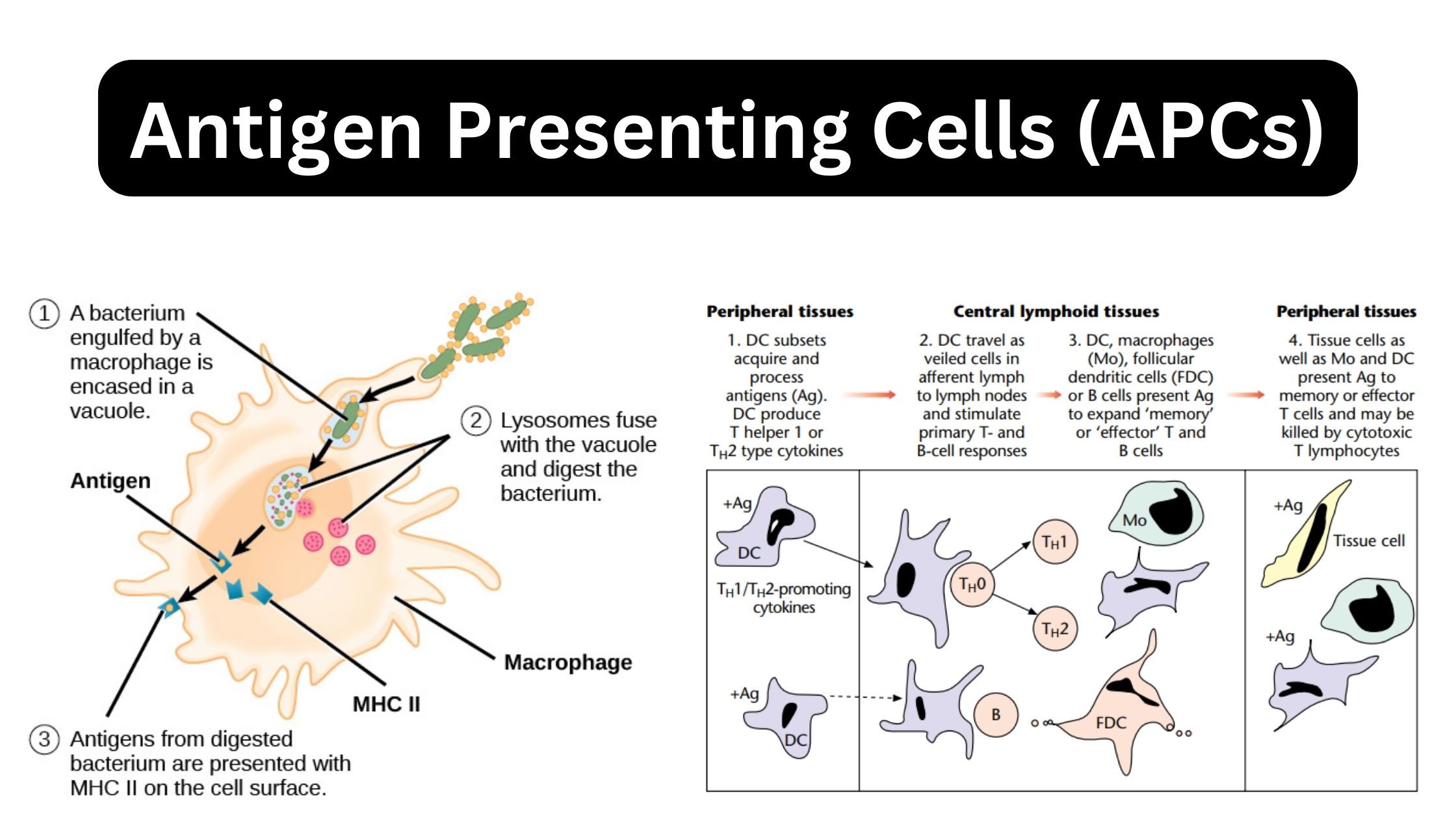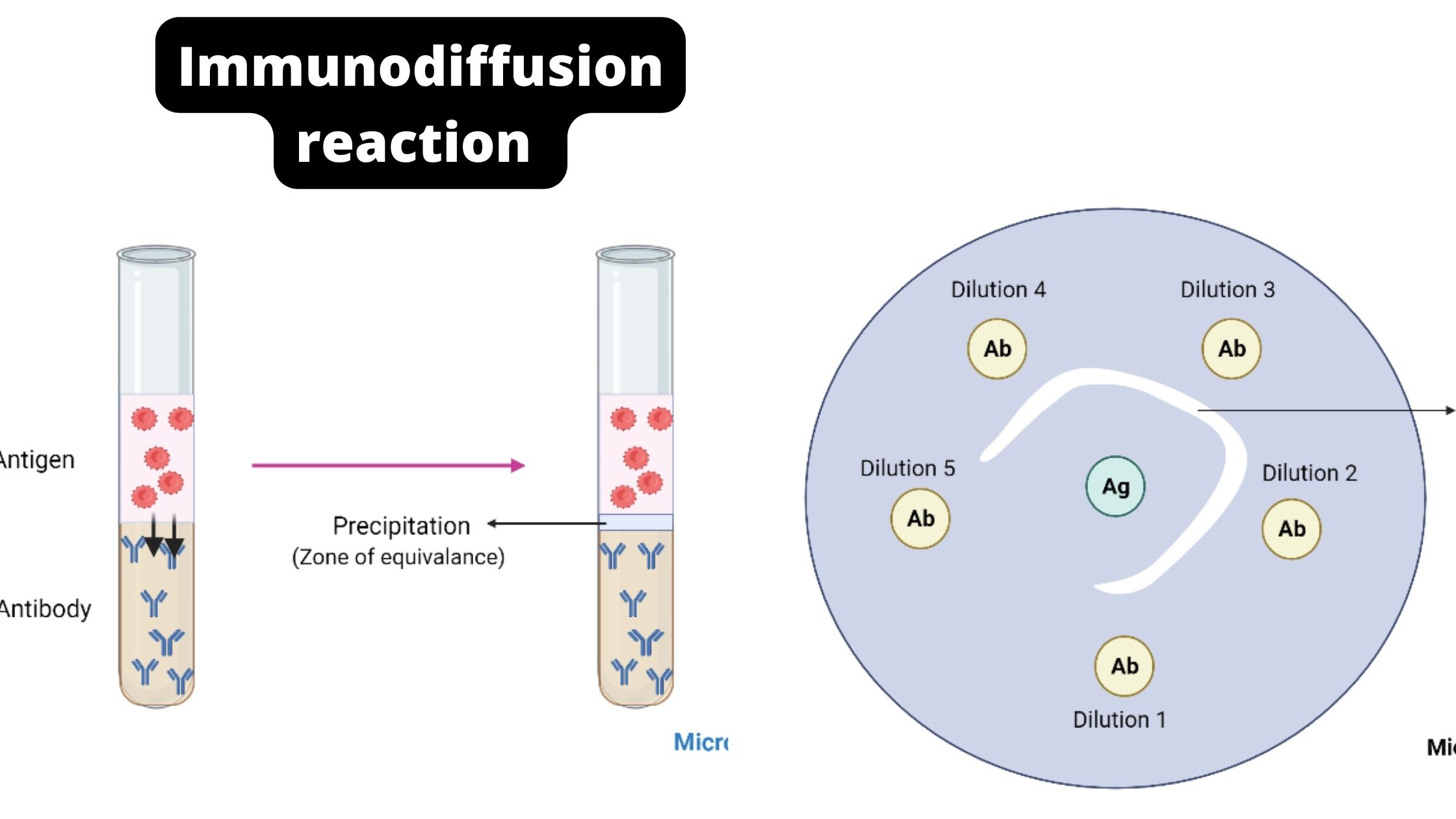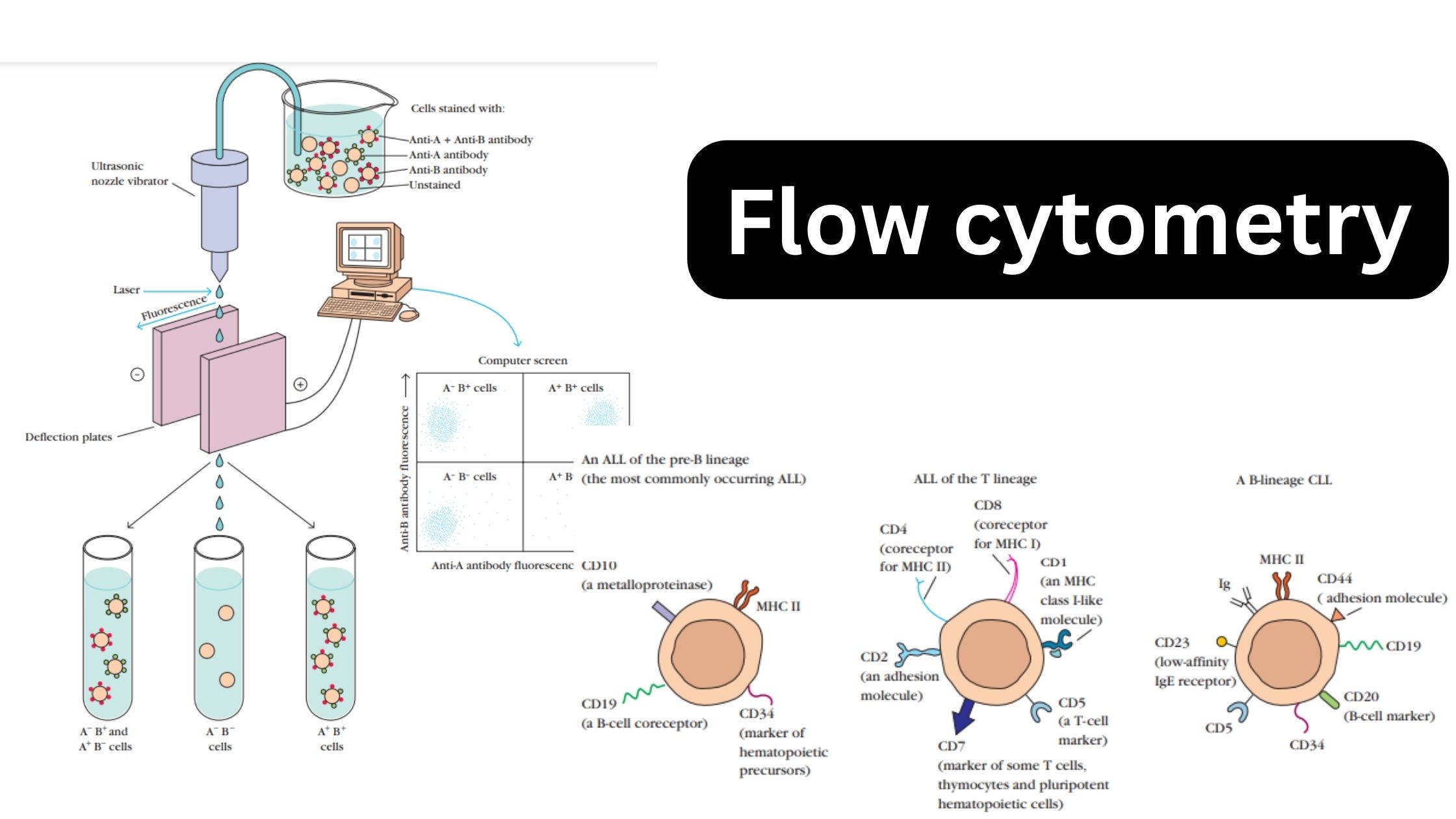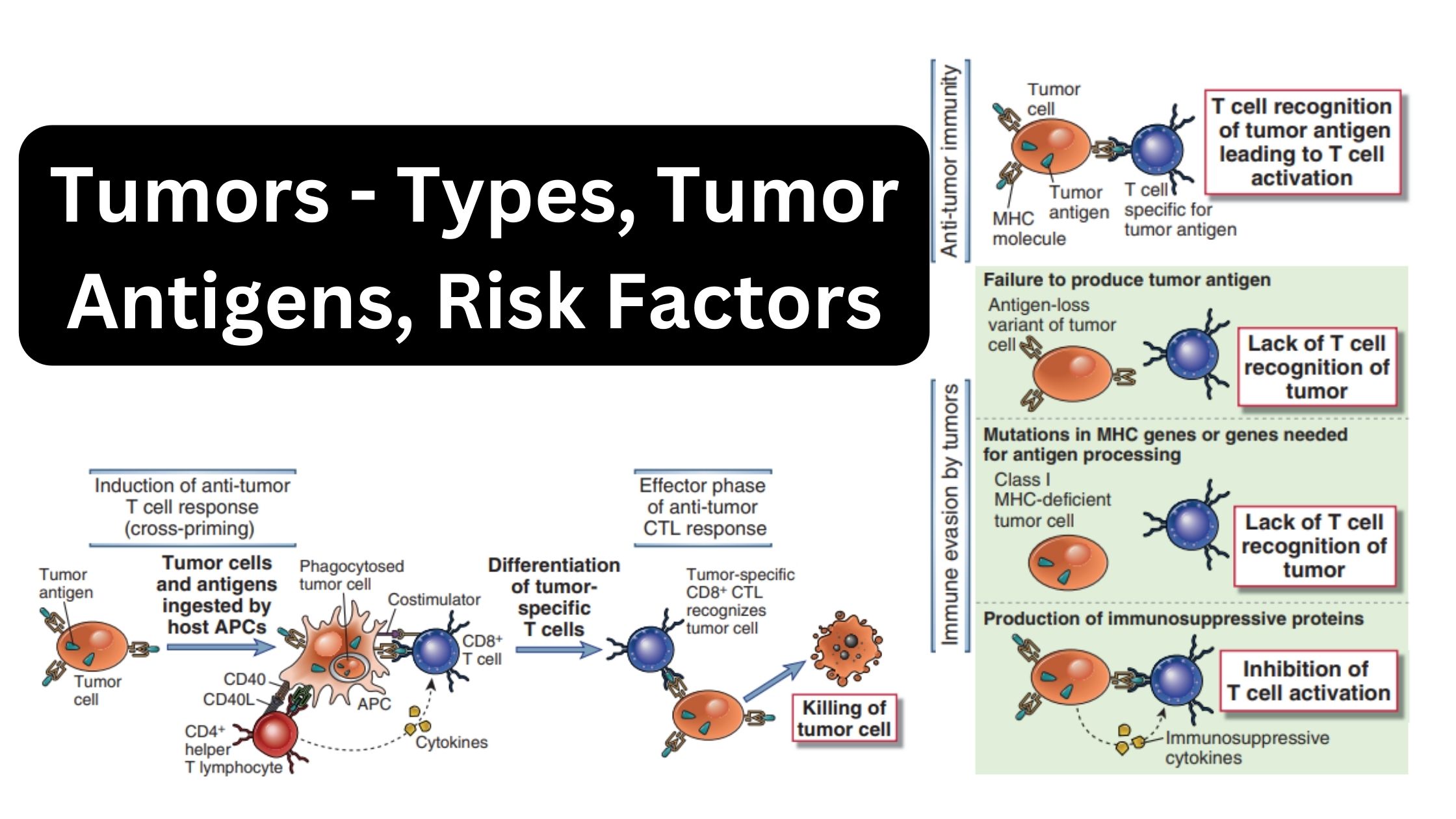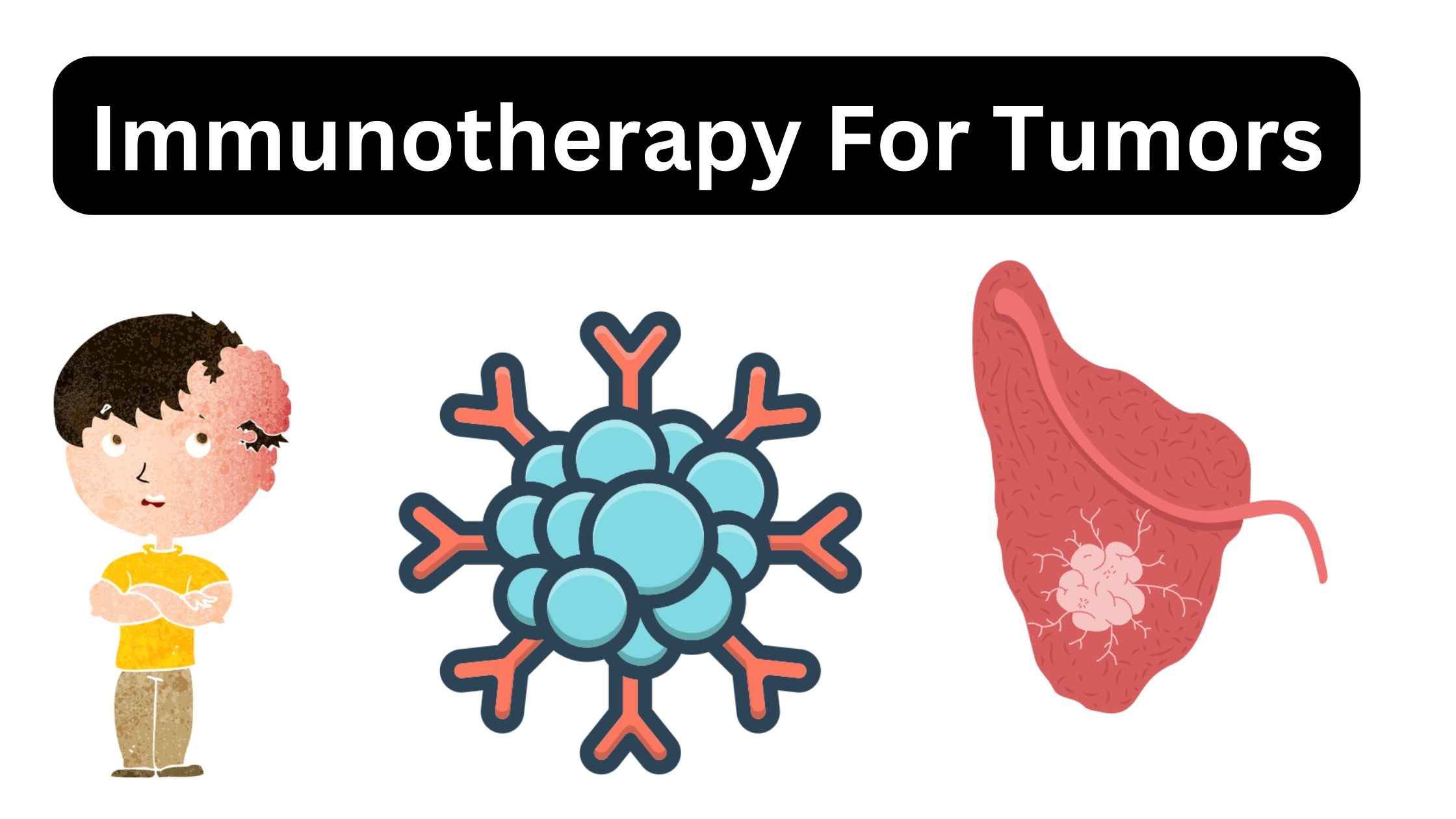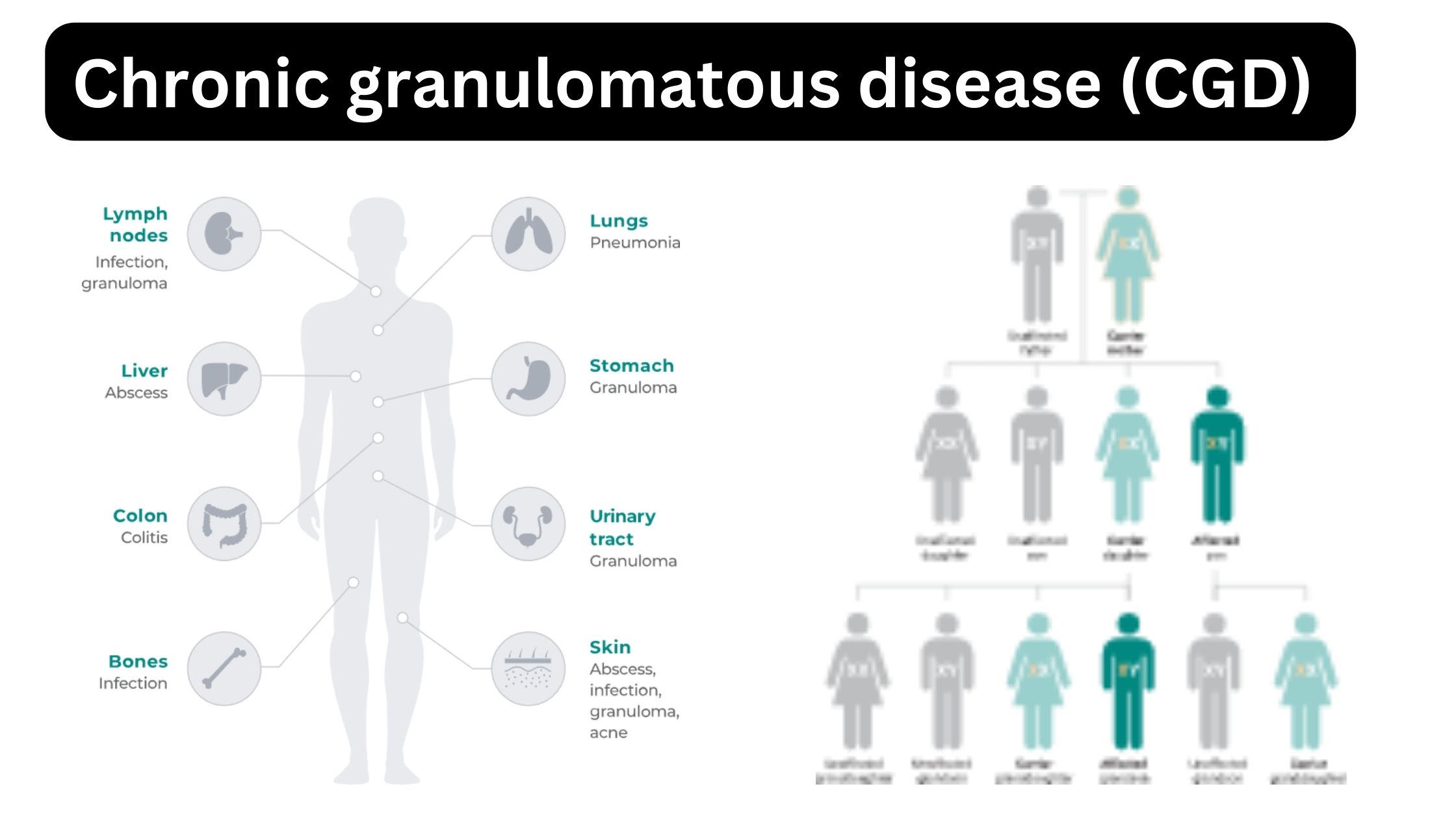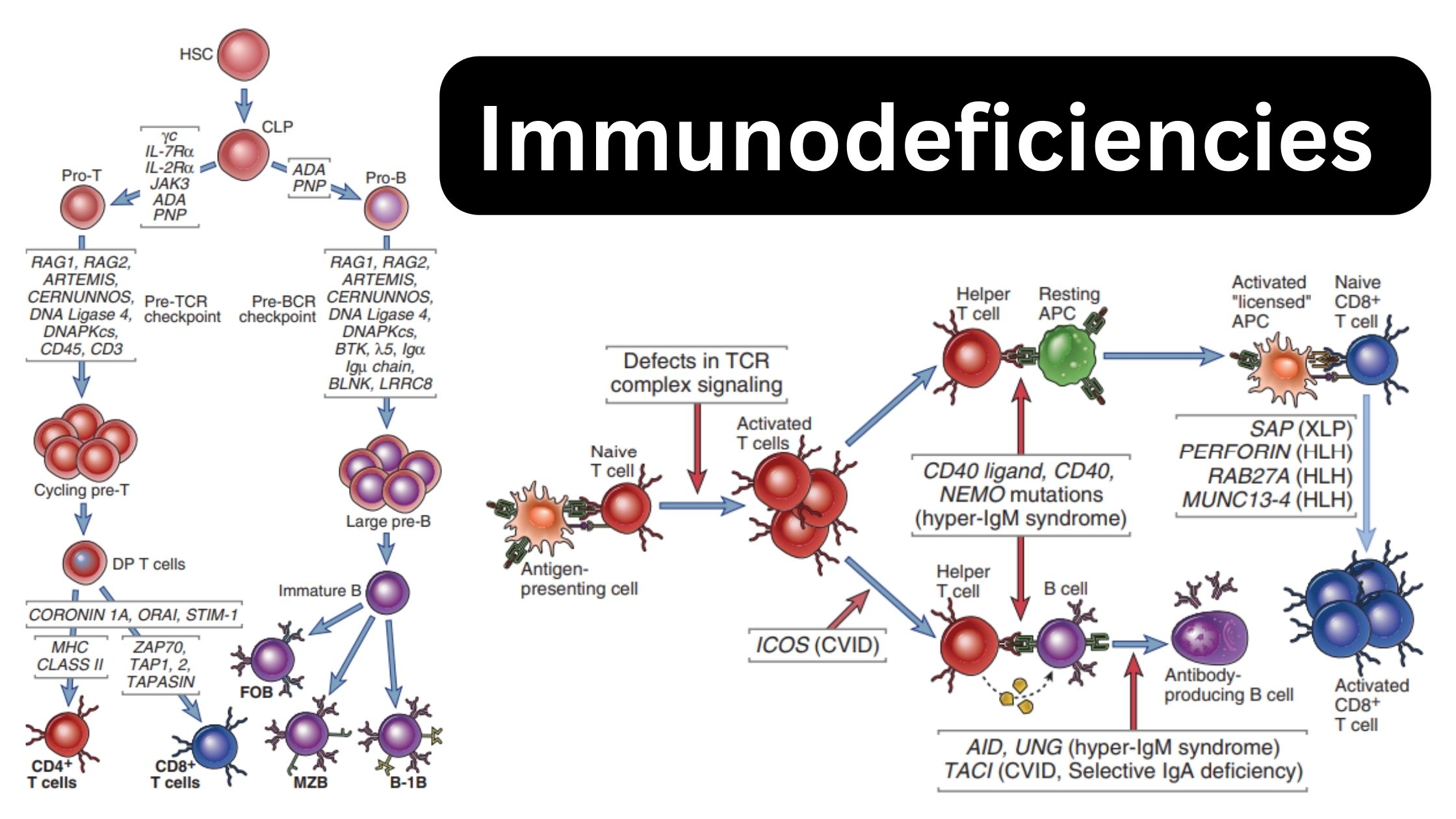Antigen Presenting Cells (APCs)
Antigen Presentation Definition Antigen-Presenting Cells Definition Types of Antigen-Presenting Cells Antigen-presenting cells fall into two categories: Antigen-presenting cells that contain MHC class II molecules, co-stimulatory molecules, and pattern recognition receptors are often referred to be “professional.” Non-professional APCs express molecules of MHC class I. 1. Professional Antigen-Presenting Cells a. Macrophages Activation of Macrophages For macrophages … Read more
